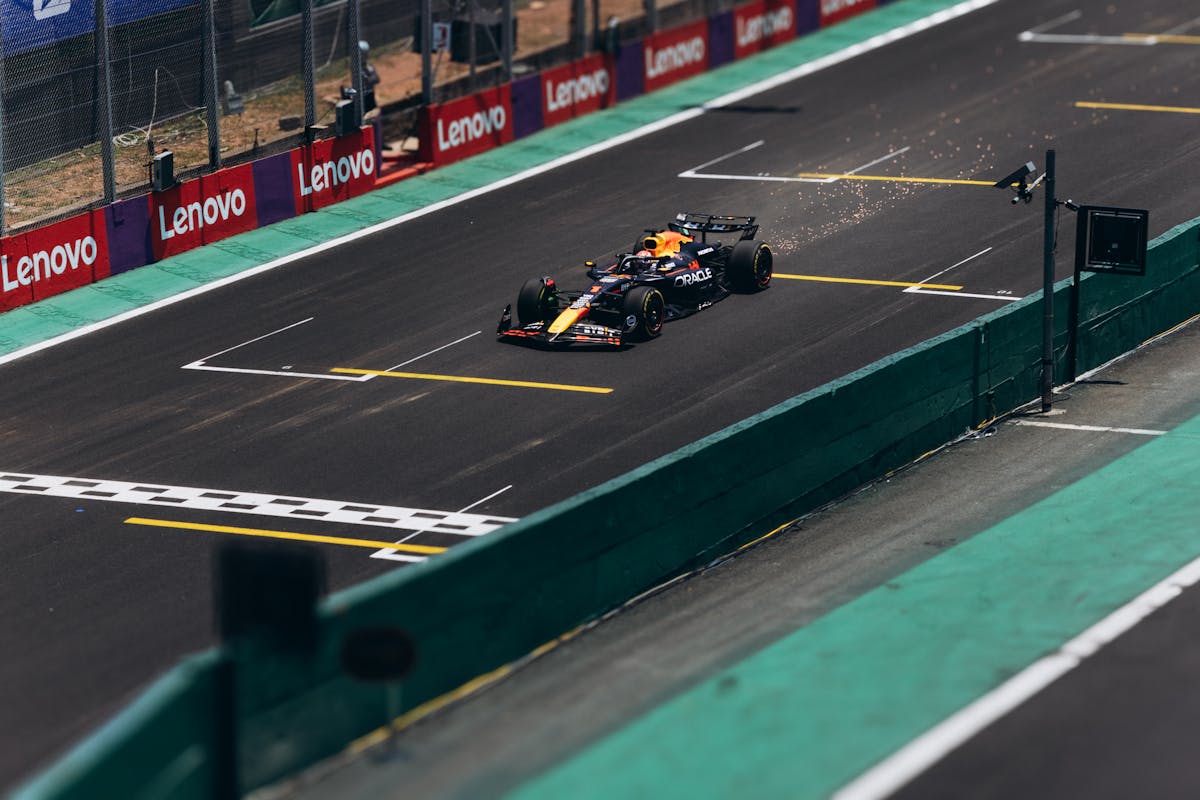React Native vs. Flutter: Choosing the Right Framework
React Native vs. Flutter – In today’s rapidly evolving landscape of mobile app development, selecting the appropriate framework is paramount for achieving success. With numerous options available, developers often find themselves at a crossroads, deliberating between various factors such as performance, user experience, development time, and maintenance costs. Among the top contenders in the realm of cross-platform development are React Native and Flutter, both backed by tech giants and renowned for their efficiency. In this comprehensive guide, we delve into the intricacies of React Native and Flutter to help you make an informed decision.
Understanding React Native:

React Native, developed by Facebook, has emerged as a popular choice for building cross-platform mobile applications. Leveraging the power of JavaScript, React Native allows developers to write code once and deploy it across multiple platforms, including iOS and Android. Its declarative component-based architecture enables rapid development and facilitates code reusability, thereby streamlining the development process.
One of the key advantages of React Native is its extensive ecosystem and community support. With a plethora of third-party libraries and plugins available, developers can augment their applications with additional functionalities without reinventing the wheel. Moreover, React Native’s “Hot Reloading” feature enables real-time code updates, enhancing the developer experience and accelerating iteration cycles.
However, despite its merits, React Native is not without its limitations. Performance issues may arise when dealing with complex animations or intensive computations, as React Native relies on a bridge to communicate with native components. Additionally, platform-specific nuances may necessitate writing native code snippets, potentially compromising the framework’s cross-platform capabilities.
Exploring Flutter:

Flutter, an open-source framework developed by Google, has gained considerable traction in the mobile development community since its inception. Powered by the Dart programming language, Flutter employs a unique approach known as “widgets” to construct user interfaces, offering pixel-perfect designs across different devices and screen sizes.
One of Flutter’s standout features is its high-performance rendering engine, which ensures smooth animations and fluid user interactions. By compiling down to native machine code, Flutter sidesteps the performance overhead associated with bridge-based frameworks, delivering near-native performance without sacrificing productivity.
Furthermore, Flutter’s “Hot Reload” functionality mirrors that of React Native, enabling developers to see the effects of code changes instantaneously. This rapid feedback loop fosters an agile development workflow, allowing teams to iterate quickly and respond to user feedback promptly.
Despite its strengths, Flutter may present a steeper learning curve for developers unfamiliar with the Dart language and Flutter’s widget-based paradigm. Additionally, while Flutter’s community continues to grow, it may not yet match the vast ecosystem surrounding React Native in terms of third-party support and resources.
Choosing the Right Framework:
React Native vs. Flutter
When deciding between React Native and Flutter, several factors warrant consideration, including project requirements, team expertise, and long-term goals.
Project Complexity: For simpler applications or prototypes requiring rapid development, React Native’s familiarity with JavaScript and expansive ecosystem may prove advantageous. Conversely, complex projects demanding high-performance and custom UI/UX may benefit from Flutter’s robust rendering engine and widget-based architecture.
Developer Skillset: Assessing the proficiency of your development team in JavaScript or Dart can influence the framework selection process. While React Native may appeal to developers well-versed in web technologies, Flutter’s emphasis on a single, cohesive codebase may resonate with those seeking a more structured approach.
Performance Requirements: Consider the performance demands of your application, especially if it involves intricate animations or computationally intensive tasks. Flutter’s native compilation and efficient rendering engine offer a compelling proposition for performance-critical applications, whereas React Native’s reliance on a bridge may introduce overhead in certain scenarios.
Community Support: Evaluate the availability of resources, third-party libraries, and community support for each framework. While React Native boasts a larger community and a wealth of existing packages, Flutter’s growing ecosystem and Google-backed initiatives signal promising prospects for future development.
In conclusion, both React Native and Flutter offer compelling solutions for cross-platform mobile app development, each with its own set of strengths and considerations. By carefully evaluating your project requirements, team dynamics, and performance expectations, you can make an informed decision that aligns with your objectives and paves the way for a successful application launch. Whether you opt for the familiarity of React Native or the performance-driven approach of Flutter, the journey towards building exceptional mobile experiences begins with choosing the right framework.








